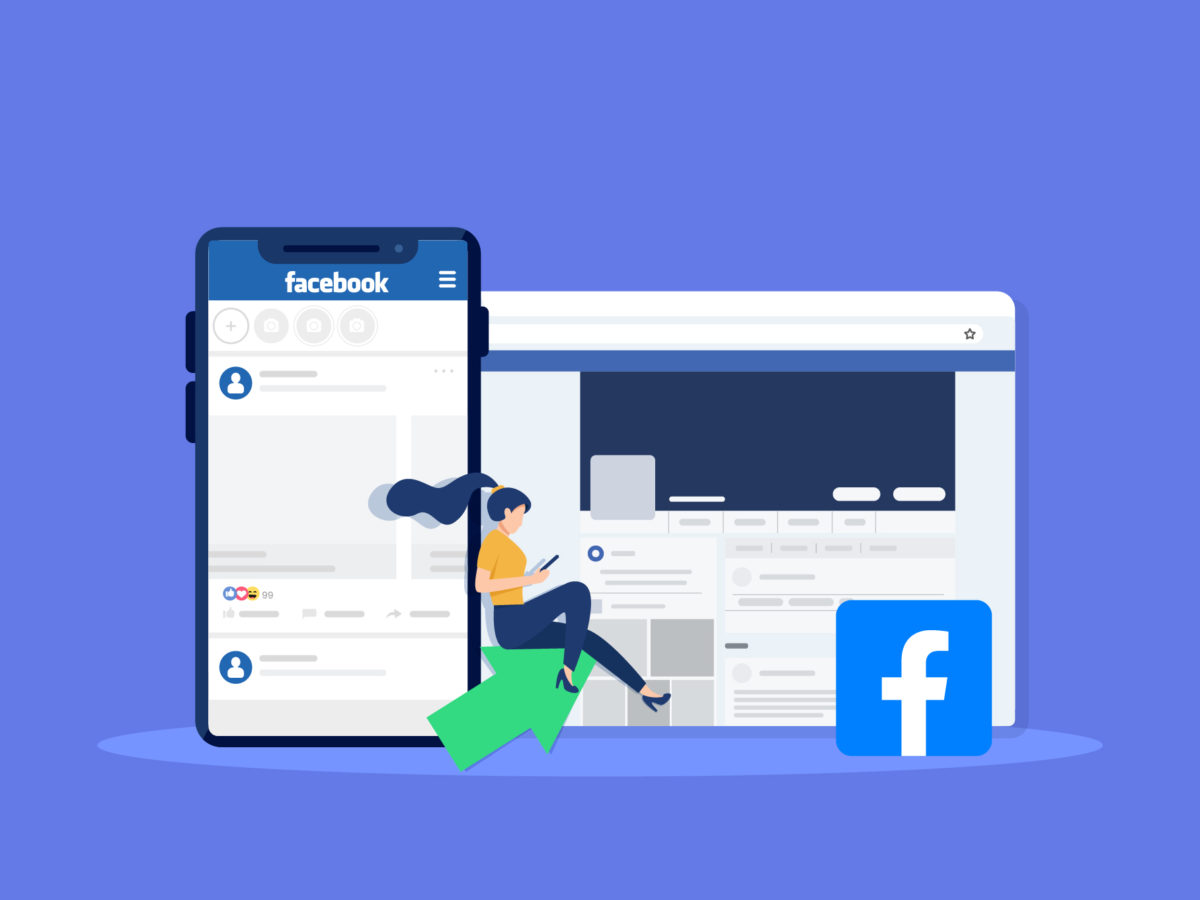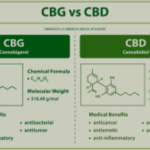Optimizing your Facebook page is essential to maximizing its reach, and engagement, and increasing Facebook followers. Whether you’re running a business, promoting a brand, or building a community, effective optimization can transform your Facebook page into a powerful marketing tool. In this article, we’ll explore several proven techniques to help you enhance your Facebook page’s performance.
From setting up the basics to leveraging advanced strategies, this guide covers all you need to know to fully optimize your Facebook presence and enhance your Facebook page likes.
1. Understanding the Importance of Facebook Page Optimization
Facebook page optimization is more than just setting up a page and posting content. It’s about fine-tuning every aspect of your page to ensure it aligns with your brand’s goals while delivering value to your audience. An optimized Facebook page can increase your visibility in search results, attract more followers, and improve user engagement. With millions of businesses competing for attention on Facebook, effective optimization can give you the edge needed to stand out.
The benefits of a well-optimized page include better organic reach, more targeted ad performance, and enhanced credibility among your audience.
2. Setting Up a Strong Facebook Page Foundation
Before diving into advanced strategies, it’s crucial to ensure that your Facebook page is set up correctly. This includes filling out all essential information such as your page’s name, username, contact details, and business category. Choosing the right page category is particularly important, as it affects how your page appears in search results.
Make sure to craft a compelling “About” section that clearly describes your brand, mission, and what users can expect from your page.
3. Choosing the Perfect Profile and Cover Photos
Visuals play a significant role in how people perceive your Facebook page. Your profile and cover photos are the first things visitors notice, so they need to be eye-catching and aligned with your brand. Your profile picture, usually your logo, should be clear and recognizable even in smaller sizes.
The cover photo provides more creative space to showcase your brand’s personality, highlight promotions, or convey important messages. Regularly updating your cover photo to reflect current campaigns, seasons, or trends keeps your page fresh and relevant.
4. Crafting an Effective Page Description and About Section
Your page description and the “About” section are key elements for both user engagement and SEO. A clear and concise description helps visitors understand your brand’s purpose at a glance. Use this section to highlight your unique selling points (USPs), services, and what sets you apart from competitors.
Naturally incorporating targeted keywords can help your page rank higher in Facebook’s search engine as well as external search engines like Google. Don’t forget to include a call to action, guiding visitors on what they should do next—whether it’s liking the page, visiting your website, or contacting you for more information.
5. Consistently Posting High-Quality and Relevant Content
Content is king, even on Facebook. Regularly posting high-quality, relevant content keeps your audience engaged and encourages more interactions. Your content should be a mix of informative posts, engaging visuals, and interactive media such as polls and quizzes. Focus on creating content that resonates with your target audience, whether it’s educational blog posts, entertaining videos, or inspirational quotes. Consistency is key—posting regularly ensures your page stays active, which the Facebook algorithm favors when determining which pages to promote.
6. Utilizing Facebook Insights for Data-Driven Optimization
Facebook Insights is an invaluable tool that provides data on your page’s performance. By analyzing metrics such as reach, engagement, and audience demographics, you can refine your content strategy and focus on what works best. Pay attention to when your audience is most active and schedule your posts accordingly to maximize visibility. Insights also allow you to track which types of posts get the most engagement, helping you create more of the content your audience loves.
Regularly reviewing this data and making informed adjustments can lead to significant improvements in your page’s overall performance.
7. Engaging with Your Audience to Build a Community
Engagement is a two-way street. Responding to comments, answering messages promptly, and acknowledging user-generated content fosters a sense of community and loyalty. Actively engaging with your followers shows that you value their input and are committed to building relationships.
Encourage discussions by asking questions in your posts or hosting live Q&A sessions. The more engaged your community is, the more likely they are to share your content, recommend your page, and contribute to your growth.
8. Leveraging Facebook’s Advanced Features for Better Reach
Facebook offers a range of features that can enhance your page’s visibility and engagement. For instance, using Facebook Stories allows you to share time-sensitive content in a more casual, relatable format. Facebook Events can be used to promote online or in-person gatherings, while Facebook Groups connected to your page can help build a dedicated community around your brand.
Features like pinned posts ensure your most important content remains at the top of your page, while the call-to-action button can drive specific actions like visiting your website or signing up for a newsletter.
9. Running Targeted Facebook Ads for Growth
While organic reach is essential, running targeted Facebook ads can accelerate your page’s growth. Facebook’s advanced targeting options allow you to reach specific demographics based on age, location, interests, and behaviors. Whether your goal is to increase page likes, drive traffic to your website, or boost engagement on specific posts, Facebook ads provide the tools to achieve these objectives. To get the most out of your ad spend, focus on creating visually appealing ads with clear calls to action and track their performance using Facebook’s Ad Manager.
10. Monitoring Competitors and Staying Updated with Trends
Keeping an eye on your competitors can provide insights into what strategies work well in your industry. Analyze the content, engagement, and growth tactics of successful pages similar to yours. You can also use tools like Facebook’s Pages to Watch feature to monitor competitors’ performance. Staying updated with the latest trends in social media marketing ensures that your strategy remains relevant and effective.
Whether it’s incorporating trending hashtags, joining popular challenges, or experimenting with new content formats, adapting to changes and staying proactive is key to maintaining an optimized Facebook page.


